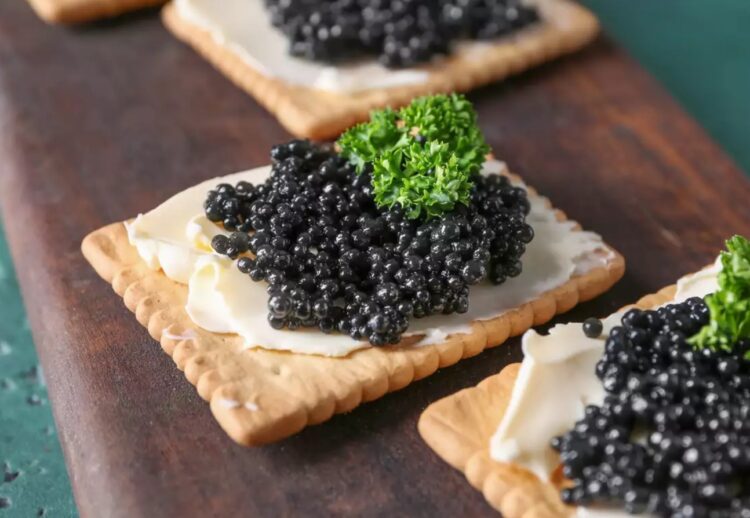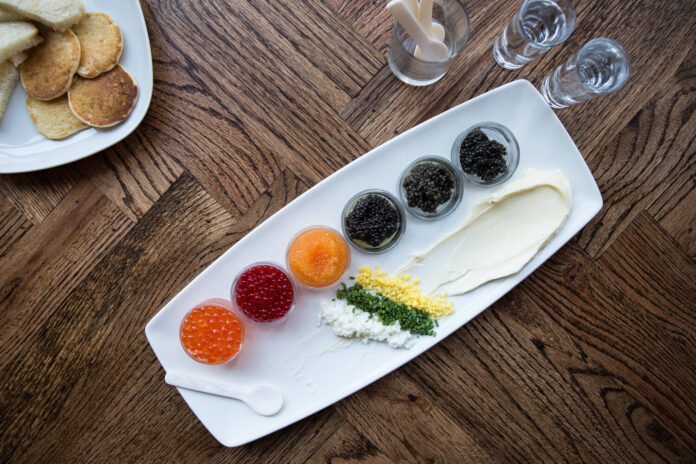
Caviar if associated with wealth and status and not everyone can afford to eat this delicacy on regular basis. It is one of the expensive meals and people pay a real fortune just for a spoonful. Is it really that awesome and tasty that it is worth it? Or is there something else to it?
If you’ve ever been on a luxurious party, a formal event, or a fancy wedding, there’s a chance that you’ve tried caviar. What I got as a reaction from some people was “meh” yet, some others were delighted.
Therefore, let us dig more into this delicacy and find out what makes it so costly – the taste, the rarity, or something else…
1. The type of fish
First things, first, we need to establish what caviar is and where we get it from. Simply put, caviar is a fish egg. But not just any egg. While your stomach is probably twisting, wait till we explain further…
The original caviar is got from sturgeon, a family that is now driven to the line of extinction. While we must be careful when it comes to catching this fish, three species in this family are famous for the production of caviar – Beluga, Osetra and Sevruga.
Luckily, governments all over the world have managed to regulate wild sturgeon fishing and this type of fish can still be found in the waters. However, they are extremely rare. Most of the caviar we get today is from farm-raised fish, which started to become a practice in the 1990s, and by the late 2000s we’ve switched almost completely.
Therefore, the first reason why caviar is so expensive is that the fish we get it from is quite rare, at least the wild ones.
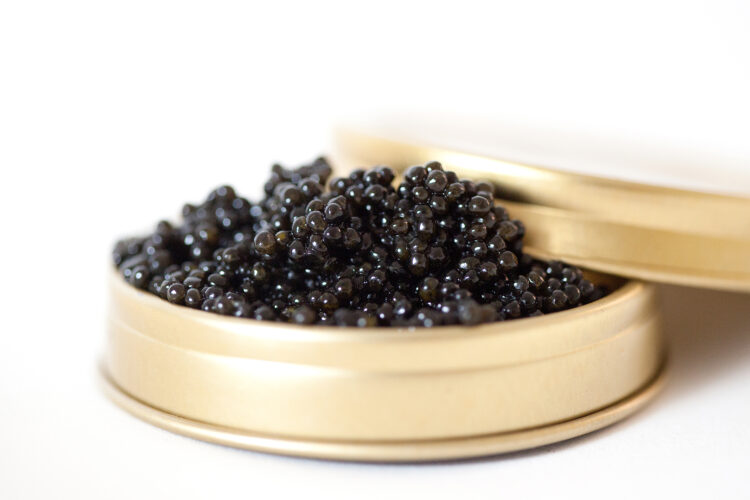
2. Production process
Now that you know that the caviar you eat is highly likely from a farm-raised sturgeon, you should know this as well – the process of getting the desirable roe (fish egg) is quite complicated.
Even though we’ve preserved sturgeons from extinction, getting a quality product is quite complex. In fact, farmers sometimes need to wait a couple of years, even a decade or so for the fish to become mature enough to mate.
Furthermore, collecting roe at the right time is also something that plays a role. If you wait for too long, you’ll still end up with caviar, but eventually, you will need to sell it at a much lower price than you might have intended.
It takes a while for farmers to generate profit. In fact, very few people get in this business in the first place, because it can drain you financially and it is likely that you fail.
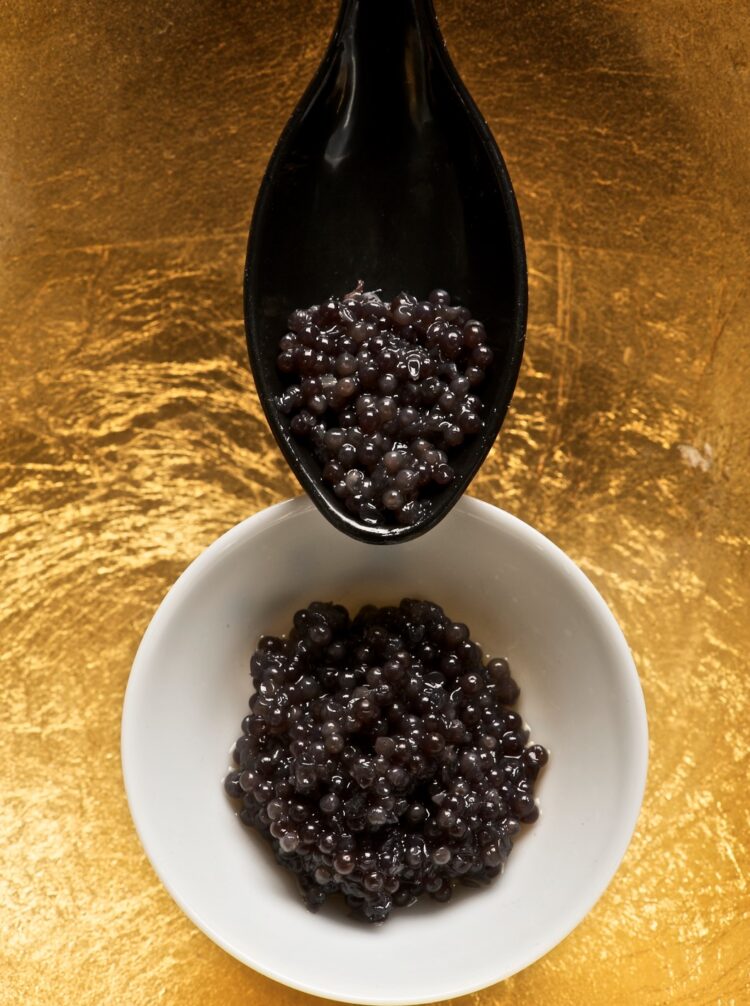
3. It’s not over yet
Once the fish is ready to mate and lay eggs, you probably think: “Well, that’s it, now it’s time to collect the fruits of your labor”. And you are so wrong.
In most cases, when you are taking the roe from the fish, there’s a high chance that they will die. So, you have to wait for the fish for about ten years, only to harvest the products once and now you need to wait for another fish to be mature enough, so that it can end up dead as well.
You see where problems occur. And that’s not all. According to caviar.bc.ca besides maintaining fish and creating the perfect atmosphere for them to live and breed, you have to harvest roe, screen it, wash it, salt it, package it, let it age, ship it and store it – all of that (and some other processes as well) before you serve it.
The next time, you try caviar, don’t just go “meh” and don’t complain of how expensive it is. As you can see, the process of getting it is quite intricate. But that’s not all…
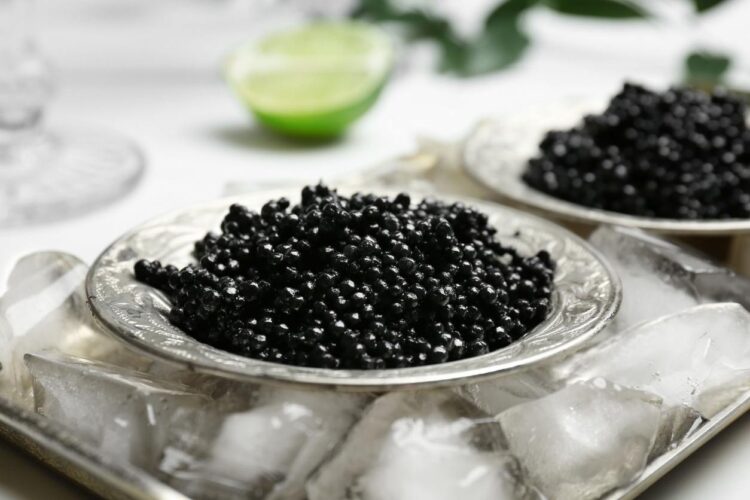
4. The Law of Demand and Supply
Last but not least, the demand for caviar is quite high. However, the supply is on the other end of the spectrum and as long as people want it this badly, the prices will stay up. Increasing the production of high-quality caviar is extremely difficult – almost impossible. The small amounts of caviar that end up being served are therefore served to those who can pay for it.
Caviar has always been a delicacy for royalty and that isn’t probably going to change, at least when we talk about the true caviar with the highest grade possible.
Oh yes, there are different grades to it – and it is highly likely that the one you try is cheaper and lower in quality. But don’t despair, as most people don’t even have that opportunity.
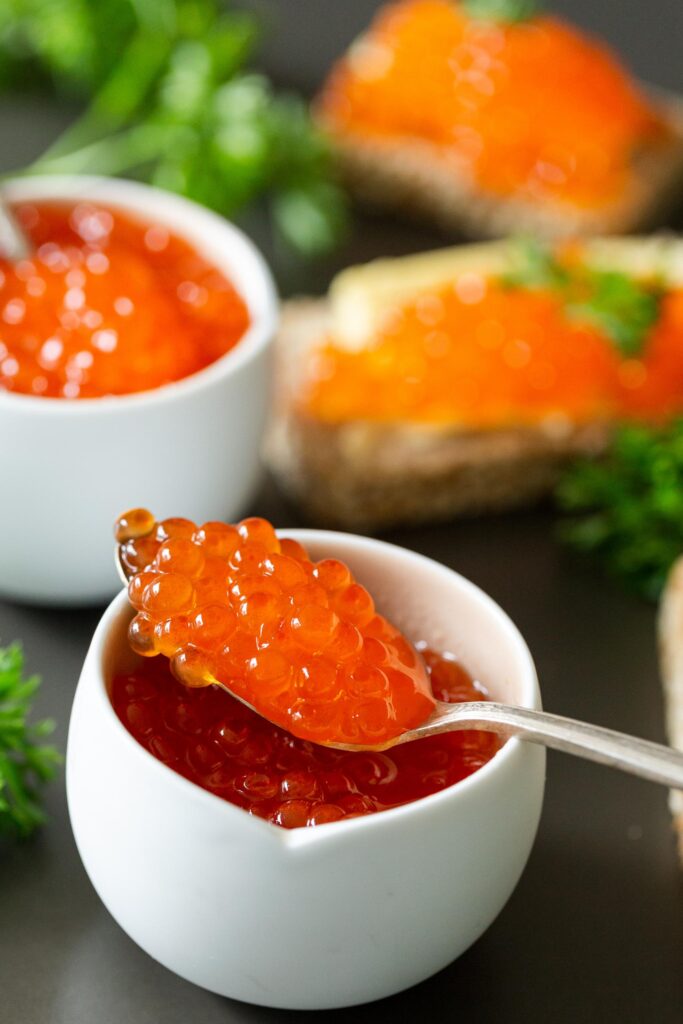
Interesting Tip – Serving
Before we sum up the story, you should know that caviar is all about luxury. It is usually served in crystal bowls with ice surrounding it and you will not find it in any random restaurants. It is reserved for yachts and best-rated hotels. Furthermore, caviar is eaten and served with special spoons made of inert materials such as an animal horn, gold or wood. Metal spoons are not used because they can ruin the taste completely.
Conclusion
Hopefully, we have managed to answer the question of why caviar is so expensive, without overcomplicating things. We could have dissected the topic even more and get into all intricate details of production or how we’ve reduced the sturgeon to a minimal number, but perhaps we tackle these topics some other time.
The next time you eat caviar, make sure you are a bit more appreciative. Is it the taste? Some people like the taste of caviar and some don’t – that isn’t the main reason why caviar is so costly.
Generally speaking, it is all of the reasons combined – it is rare, the demand for it is high and the production is time-consuming and expensive. When you put these together, you understand why caviar is and will be at the very top!

